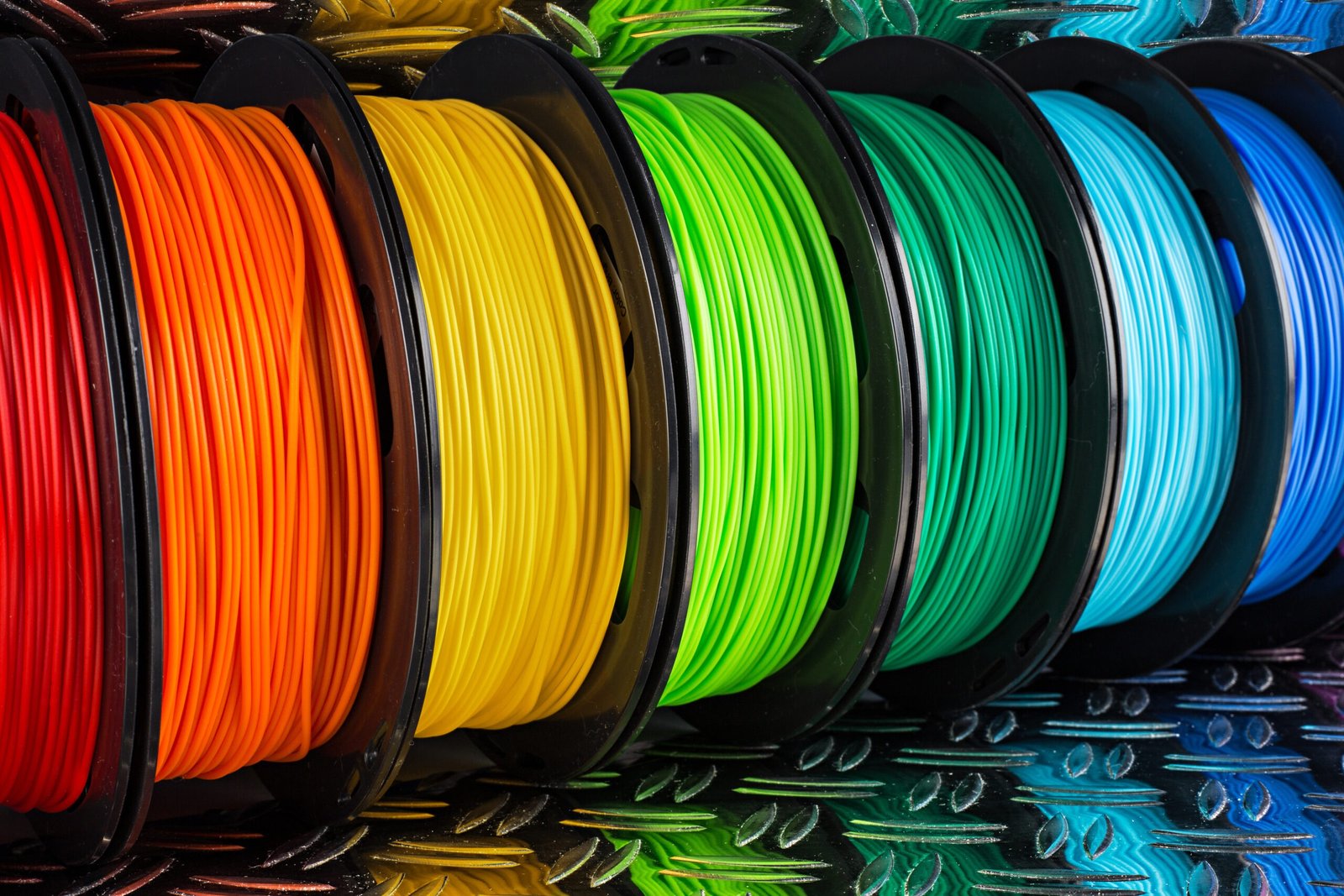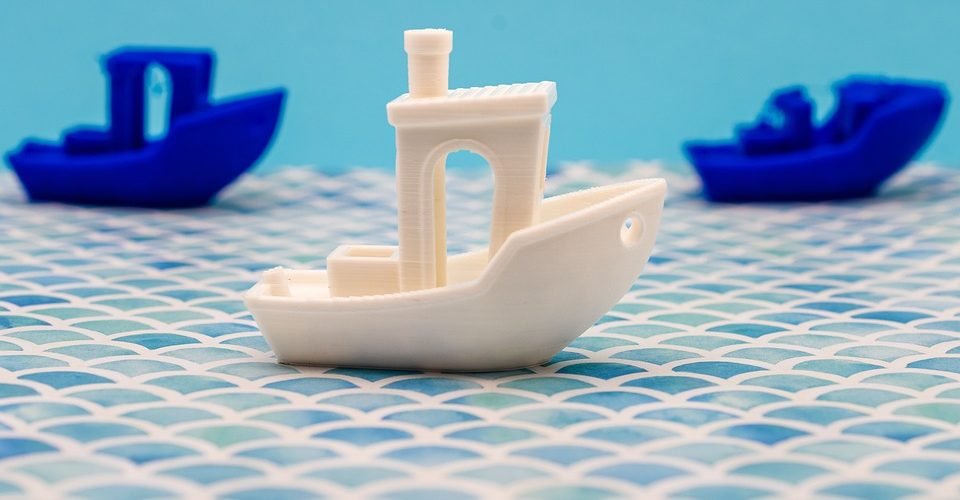No products in the cart.


Selecting the appropriate filament for your 3D printing project is crucial. Different materials offer varying qualities that can greatly affect the outcome of your print. Here’s a detailed guide to help you make an informed decision.
Ideal for decorative objects and prototypes.
Great for functional parts and containers.
Suitable for end-use products and functional prototypes.
Excellent for outdoor applications.
Best for engineering-grade applications and translucent parts.
Excellent for gears, hinges, and functional parts.
Perfect for flexible and durable parts like phone cases.
Ideal for high-strength, lightweight parts such as drone components.


Precision Printing Australia COPYRIGHT 2024 ALL RIGHTS RESERVED
Terms & Conditions